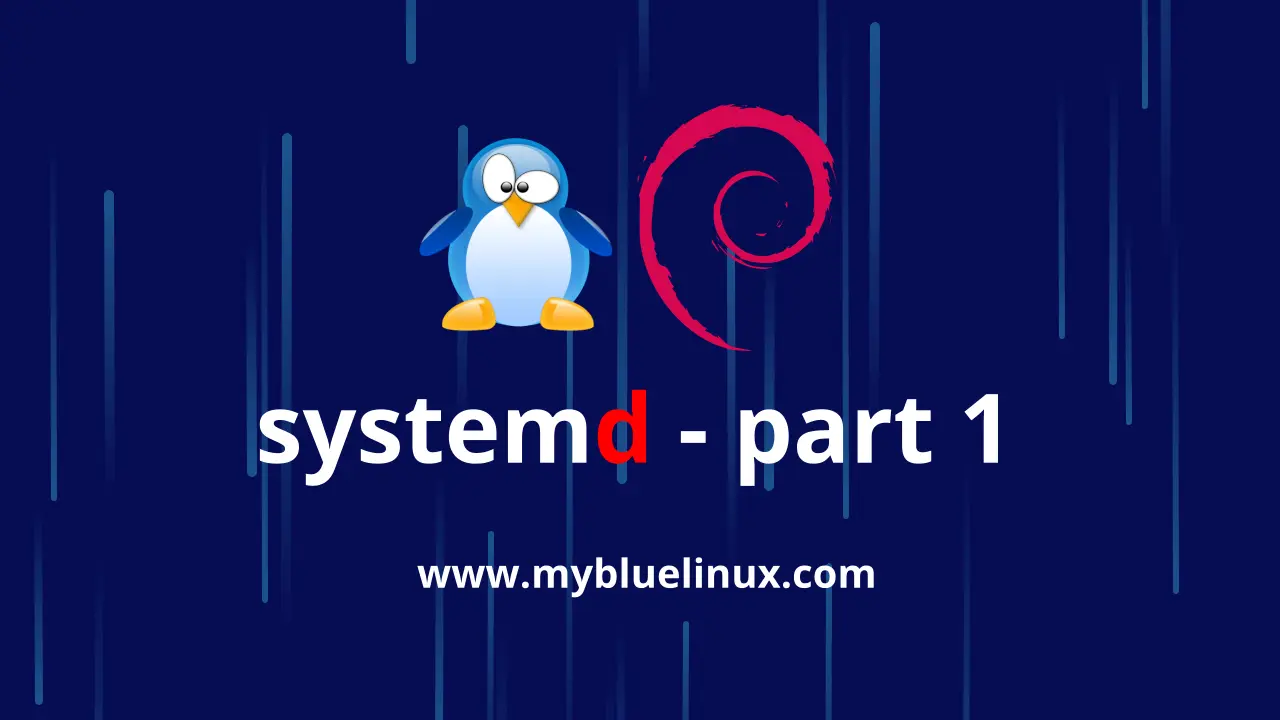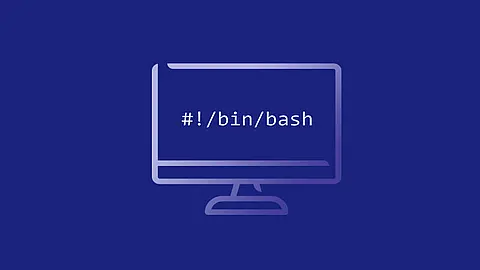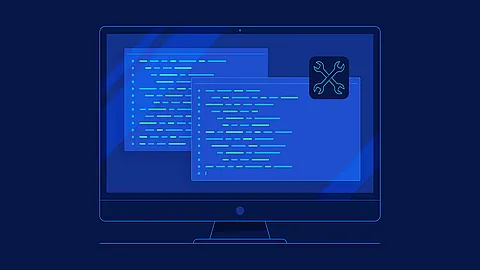SystemD - Introduction to systemd (part 1)

1. Introduction to systemd
Systemd is a system and service manager for Linux operating systems. It is designed to be backwards compatible with SysV init scripts, and provides a number of features such as parallel startup of system services at boot time, on-demand activation of daemons, or dependency-based service control logic.
Systemd introduces the concept of systemd units. These units are represented by unit configuration files located in one of the directories listed in Table 1.2, "Systemd Unit Files Locations"
, and encapsulate information about system services, listening sockets, and other objects that are relevant to the init system. For a complete list of available systemd unit types, see Table 1.1, "Available systemd Unit Types"
.
Table 1.1. Available systemd Unit Types
| Unit Type | File Extension | Description |
|---|---|---|
| Service unit | .service |
A system service. |
| Target unit | .target |
A group of systemd units. |
| Automount unit | .automount |
A file system automount point. |
| Device unit | .device |
A device file recognized by the kernel. |
| Mount unit | .mount |
A file system mount point. |
| Path unit | .path |
A file or directory in a file system. |
| Scope unit | .scope |
An externally created process. |
| Slice unit | .slice |
A group of hierarchically organized units that manage system processes. |
| Snapshot unit | .snapshot |
A saved state of the systemd manager. |
| Socket unit | .socket |
An inter-process communication socket. |
| Swap unit | .swap |
A swap device or a swap file. |
| Timer unit | .timer |
A systemd timer. |
Table 1.2. Systemd Unit Files Locations
/usr/lib/systemd/system/- Systemd unit files distributed with installed RPM packages./run/systemd/system/- Systemd unit files created at run time. This directory takes precedence over the directory with installed service unit files./etc/systemd/system/- Systemd unit files created by systemctl enable as well as unit files added for extending a service. This directory takes precedence over the directory with runtime unit files.
Overriding the Default systemd Configuration Using system.conf
The default configuration of systemd is defined during the compilation and it can be found in systemd configuration file at /etc/systemd/system.conf. Use this file if you want to deviate from those defaults and override selected default values for systemd units globally.
For example, to override the default value of the timeout limit, which is set to 90 seconds, use the DefaultTimeoutStartSec parameter to input the required value in seconds.
DefaultTimeoutStartSec=required value
Another parts of this guide:
















